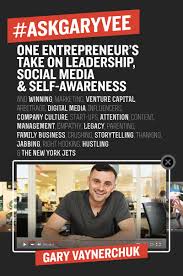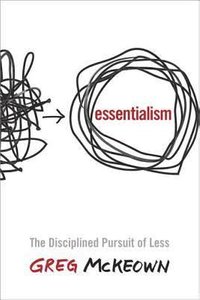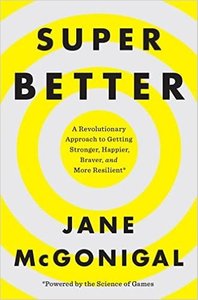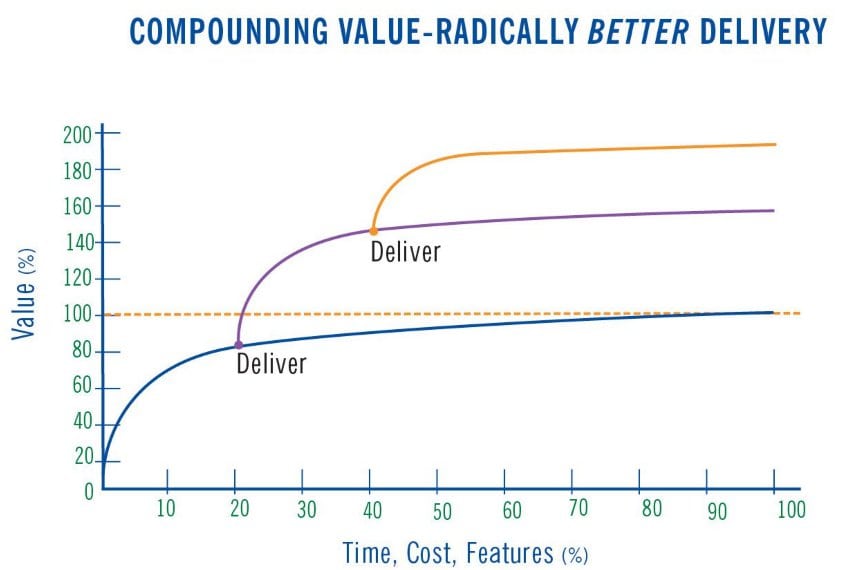#AskGaryVee by Gary Vaynerchuk
The stakes and the opportunities are high, and the next thirty-six months of hustle might just pay off more than usual for those people willing to put in the time and effort. “– Gary Vaynerchuk in #AskGaryVee
If you have a business idea or a desire to work for yourself, #AskGaryVee might be the book you’ve been waiting for.
Gary is a passionate and successful entrepreneur who tells it like it is.
“#AskGaryVee is a content firehouse, dousing readers with honest, blunt answers to their questions. It will make you uncomfortable and get you excited about your discomfort.” – #AskGaryVee book
Here is quick summary of the ideas that I gathered from Gary’s book along with a 1-PDF Summary you can use to check-in with your level of hustle and self-awareness:







